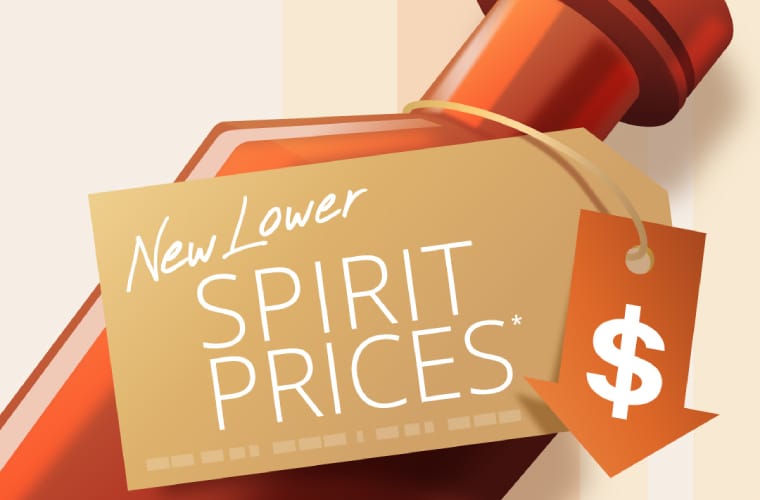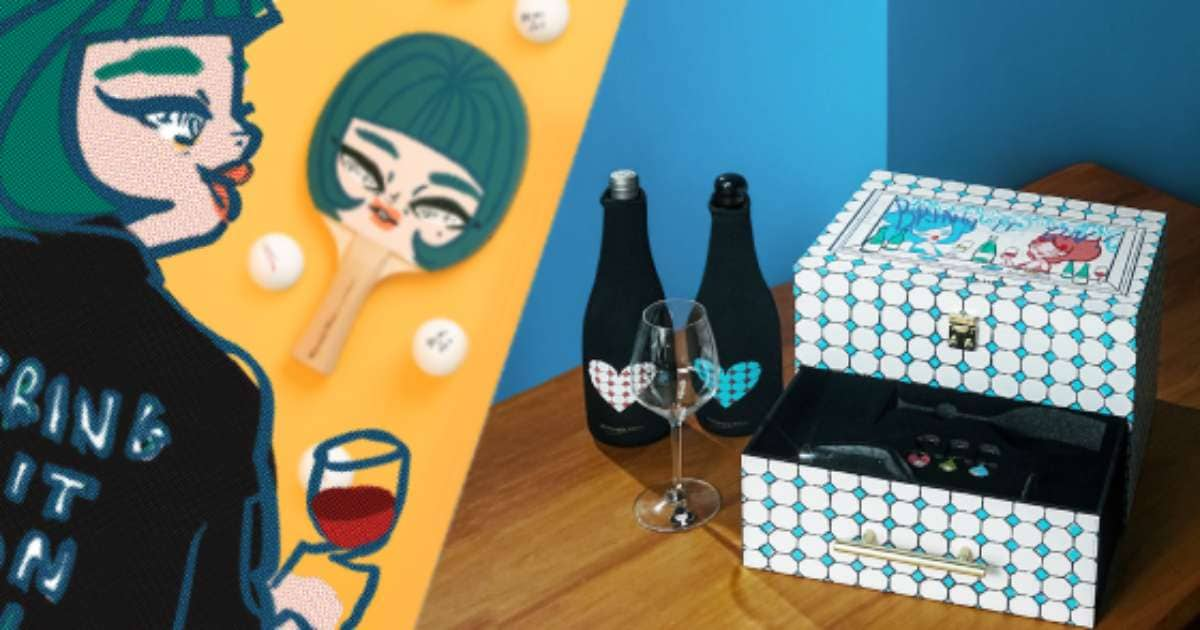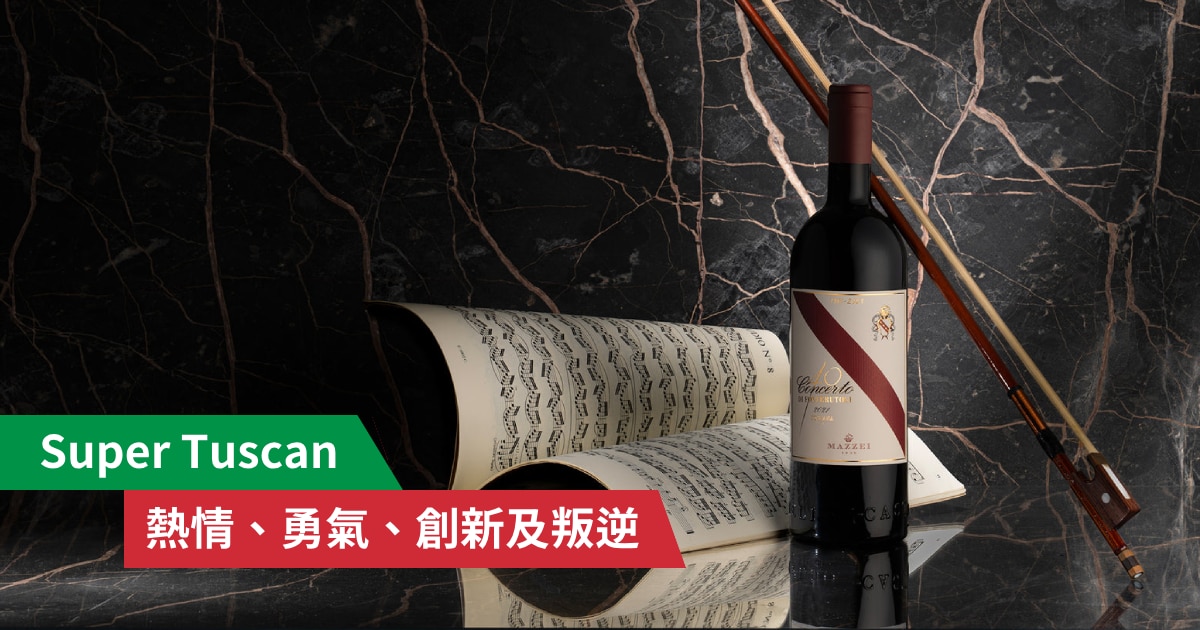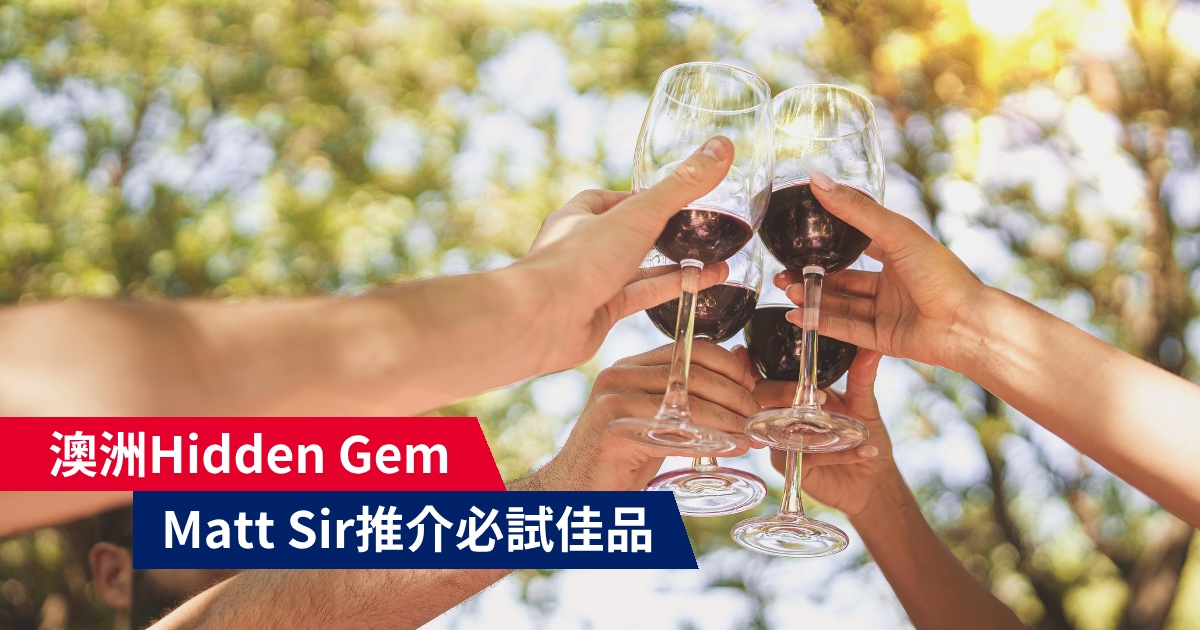Old World wines are known for their long history and adherence to traditions. These traditions are the collective wisdom of years of trial-and-error processes, which have allowed later winemakers to create wines that are a perfect expression of terroir and varieties. We’ve introduced some signature wine in France, Spain and Portugal in our Part 1. Let’s continue to explore more here!
Old World : Italy – Barolo
Italy is a major wine-producing country in the Old World. If you are to name the most iconic wines in Italy, Barolo is definitely on the list – it is hailed as “the wine of kings, the king of wine”, distinguishing itself from its counterparts with its exquisite quality and illustrious history. Made with 100% Nebbiolo in the northern Italian region of Piedmont, Barolo has been on the dining table of royalty and nobles since hundreds of years ago, earning an irreplaceably high status in Italian wine.

For those who are not familiar with Barolo, when they first see its colour – which is usually light and translucent – they may mistakenly think that it’s a light-bodied wine. Yet, it’s typically very well-structured and masculine, with a full body, good acidity and strong tannin, also expressing the aromas of raspberry, cherry, tar and rose. Another noteworthy characteristic of Barolo is its exceptional ageing potential – a regular Barolo can be aged for at least 10-20 years. “Traditionalist” Barolo of great vintages can even be aged for 2-3 decades; for some exceptional ones, 50 years, making them particularly valuable for collectors. Since the 70-80s, some “modernist” Barolo producers took reference to French winemaking skills. They have shortened the grape skin maceration time and adopted smaller barrels so that the Barolo produced are of lower tannins and can be enjoyed younger (ready to drink after ageing for 6-10 years).
Old World : Italy – Brunello di Montalcino

Among the great wines of Italy, Brunello di Montalcino (sometimes referred directly as Brunello) is one of the best-known and most age-worthy red wines, and also one of the first to be awarded Italy’s highest DOCG designation. Made in Montalcino of the Tuscany region with 100% Sangiovese, the dominant and most prestigious grape in Central Italy, Brunello di Montalcino are often intense and full-bodied in style with high alcohol, showing exceptionally bold fruit flavours. They must undergo at least 5 years of ageing before release, with 2 of which in oak, resulting in a characteristic oaky style.
When young, the wine is often bold and packed with fruit and flower flavours, such as red cherry, strawberry and blackberry along with some earthy notes, vanilla and spice. As mentioned, Brunello must have spent quality time in the cellar before release because of the appellation’s regulations. We may choose to try the newly released vintages right away. Yet, they can often benefit from more cellaring given the good tannin structure and acidity of Sangiovese. It’s common wisdom that a Brunello can normally be aged for 10 years. After ageing, the Brunello will be softened and display riper and sweeter notes of dried fig, candied cherries, hazelnuts and more. With the greatest examples, after 15 to 25 years of ageing, they will develop incredible complexity of earthy and savoury flavours, such as tobacco, leather, dried herbs. The tannin and acidity will be refined and tasteful.
Old World : Italy – Prosecco
We’ve covered Champagne of France in Part 1, and here we also introduce another popular sparkling wine – Prosecco from Italy! Crafted using the Tank Method primarily with the Glera grape, the high-quality sparkling wine can retain its unique floral, fruity aromas and freshness as well as offer exceptional value. Approachable and lovable, Prosecco is the number one sparkling wine in Italy that Italians love to order as a pre-drink in happy hour or aperitif in restaurants before the meal.

Prosecco’s sweetness can be divided into different levels: Brut, Extra Dry, Dry, according to the levels of their residual sugar (Brut is the lowest while Dry is the highest). Generally, it has slightly higher levels of residual sugar and slightly lower acidity when compared to Champagne, making it particularly easy-drinking and friendly to consumers of different tastes. Because of that plus its affordable prices, not to our surprise that its annual production has surpassed Champagne. Yet, unlike Champagne, it is only meant to be consumed young and fresh and does not benefit from bottle ageing. If you’re looking for something refreshing on a budget, Prosecco would be a great choice.
Old World : German – Riesling

German winemakers’ mastery of Riesling is unquestionable! The country is known to produce world-class Rieslings of different expressions: from dry and steely, medium-sweet and floral to lusciously sweet. Flavours can range from delicate and floral to richer peachy fruit character, appealing both to wine beginners and serious connoisseurs. The dry styles are often labelled Qualitatsweine, and many of the best ones are labelled GG (Grosses Gewachs). On the other hand, other wines labelled as Pradikatsweine will have residual sugar in most of the cases (it is still possible to be made in a dry style though).
Under Pradikatsweine there are 6 sub-categories, ranked according to their minimum must weight at harvest from lowest to highest, namely Kabinett, Spatlese, Auslese, Beerenauslese, Eiswein & Trockenbeerenauslese. They are usually shown on wine labels and can act as a great reference for style.
Kabinett: The most delicate Pradikatsweine, light in body, with high acidity and flavours of green apple or citrus fruit often balanced with residual sweetness. Sweet styles usually have a low alcohol level around 8-9%, very approachable; the drier styles can reach 12% ABV.
Spatlese: The term means ‘late harvest’ literally. Similar to Kabinett but riper, more concentrated, and with a fuller body. The alcohol levels are usually a bit higher too. Citrus and stone fruit aromas are often found in Spatlese.
Auslese: Made from individually selected extra-ripe bunches of grapes. Richer and riper than Spatlese. Noble Rot may play an important part in the flavour profile.
Beerenauslese (BA) & Trockenbeerenauslese (TBA): Sweet and low in alcohol, with flavours of honey, dried stone fruit, candied peel and flowers. Ranked among the best sweet wines in the world. Noble Rot is typical for BA and essential for TBA. Not necessarily made every year.
Eiswein: Made from naturally frozen grapes. Very rare and made infrequently. The best examples are concentrated, sweet, pure and show a fine balance between acidity and sweetness. Unlike TBA, it should not be affected by Noble Rot to retain the purity.
Old World : Hungary – Tokaji
Tokaji is a generic name for the wines produced in the Tokaj region of Hungary. The region has long been famous for its sweet wines made from Noble Rot affected (or botrytised) grapes, also ranked among the best in the world. One of its most popular sweet wines is Tokaji Aszu. Aszu (rotten) grapes are added to regular base wine for maceration before, during or after fermentation, after which the mixture is pressed and the wine matured in oak. The amount of botrytised grape added determines the sweetness of the resulting wine. The sweetness is expressed in the unit of puttonyos, ranging from 3 to 6 puttonyos, which is shown on the wine label. The wines get more concentrated and intense along the sweetness scale. Classic Tokaji Aszu is deep amber, with high acidity and intense aromas and flavours of orange peel, apricots and honey.

A rare Tokaji made entirely with free-run juice of the Aszu grapes is not labelled in puttonyos but is called Eszencia. Tokaji Eszencia is so sweet and concentrated that it can mature and retain freshness for a century or more. In recent years, Tokaji Late Harvest is getting more popular. Made by fermenting the botrytised grapes (the method used in Sauternes or TBA) instead of adding Aszu berries to base wine as in Tokaji Aszu, they are characterized by fresh tropical fruits and a lingering citrus finish, ideal as an aperitif or with Asian and Chinese cuisine.



 Same Day Pick-up
Same Day Pick-up






















